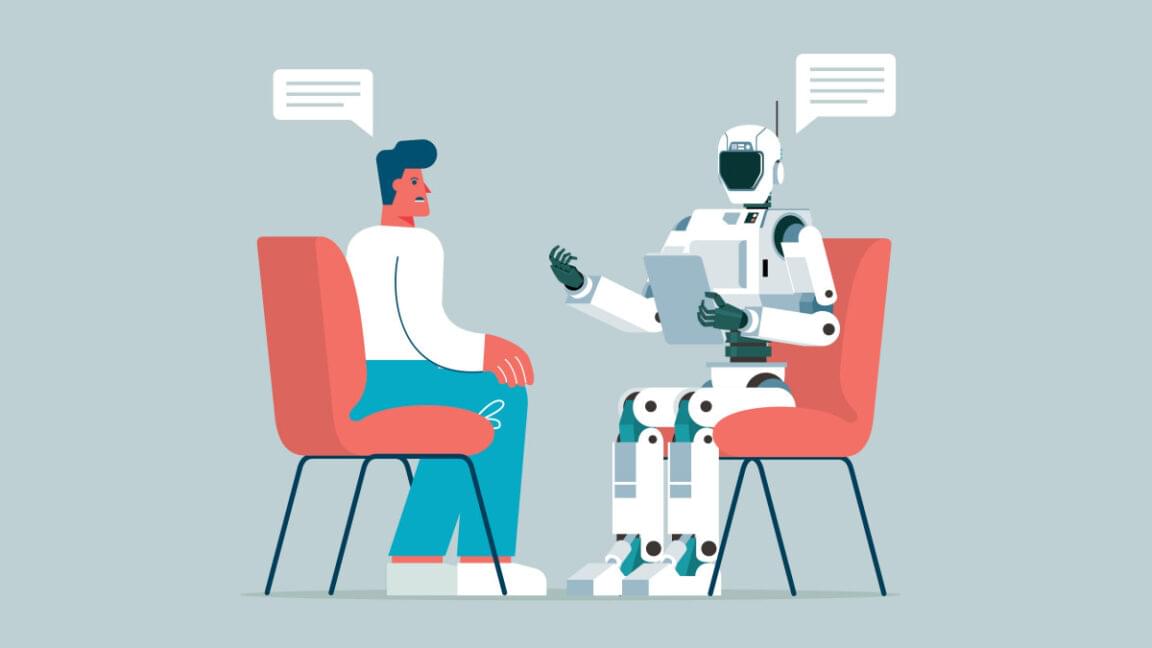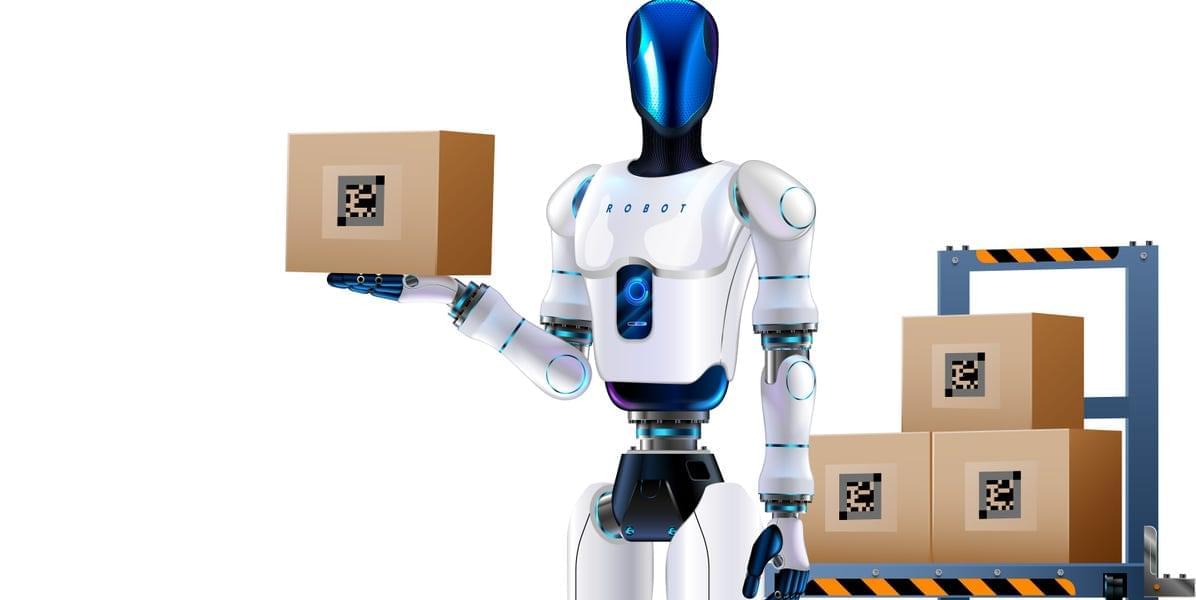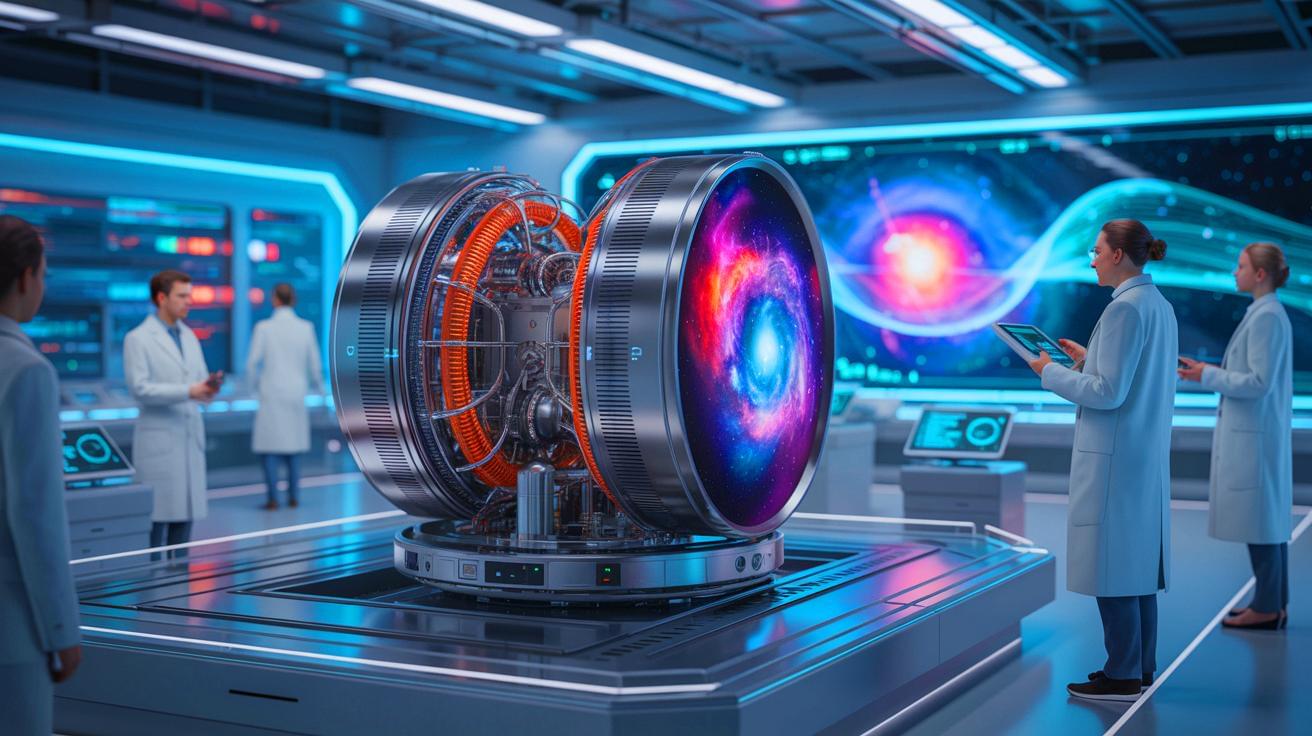Popular chatbots serve as poor replacements for human therapists, but study authors call for nuance.



A research team affiliated with UNIST has unveiled a new semiconductor device optimized for the next-generation 6G era and autonomous driving, offering low power consumption and nonvolatile operation. This innovative device can also be integrated into variable filter circuits capable of tuning the central frequency band, paving the way for more compact and energy-efficient communication equipment.
Jointly led by Professor Myungsoo Kim of the Department of Electrical Engineering and Professor Tae-Sik Yoon of the Graduate School of Semiconductor Materials and Devices Engineering at UNIST, the team announced the development of nonvolatile radio-frequency (RF) switches based on vanadium oxide (VOx) for next-generation wireless communication systems. The paper is published in Advanced Science.
RF switches are essential semiconductor components in modern wireless communication systems, such as autonomous systems, smartphones, VR, and AR. They control the flow of high-frequency signals within circuits by connecting or disconnecting specific pathways, enabling reliable signal routing.

Other major players in the humanoid robot space include Tesla, which has Optimus, a 5-foot-8 humanoid robot that can dance, clean, and take out the trash. The company is working to deploy its first fleet in its factories by the year’s end. Boston Dynamics has Atlas, which can run, crawl, break dance, and do cartwheels. Agility Robotics has Digit, which Amazon once tested in its warehouses, though the e-commerce giant now uses its own set of in-house, non-humanoid robots designed by Amazon Robotics.
Many of these humanoid machines move with fluidity, exhibiting a suite of motor skills that allow them to augment the human labor force. Figure says its mission is to “develop general-purpose humanoids that make a positive impact on humanity and create a better life for future generations,” especially ones that can “eliminate the need for unsafe and undesirable jobs — ultimately allowing us to live happier, more purposeful lives.”
The company already has robots mingling with humans at its offices, asking employees if they want water or coffee, or simply patrolling the premises, he said. So, it’s not hard to imagine a time when “you’ll see as many humanoid robots as you see humans,” he said. “It’s literally going to feel like a sci-fi movie.”

IN A NUTSHELL 🚀 Researchers have developed an AI program named Urania that designs more effective gravitational wave detectors. 🌌 These new detectors could significantly enhance our ability to observe distant cosmic events, including black hole mergers and early universe phenomena. 🔍 The AI-designed detectors cover a wider frequency range, potentially increasing the universe’s observable


Potential treatments for amyotrophic lateral sclerosis (ALS) and other neurodegenerative diseases may already be out there in the form of drugs prescribed for other conditions. A team of researchers from Lawrence Livermore National Laboratory (LLNL), Stanford University and the University of California, Los Angeles (UCLA) are using artificial intelligence and machine learning (AI/ML) to try to find them.
Clinical trials for new drugs can take up to 5–7 years, so repurposing existing drugs is one of the best ways to deliver treatments quickly. AI/ML can make it even faster. By analyzing long-term electronic health records (EHRs) of patients with ALS, the team can identify drugs — or combinations of drugs — prescribed for other conditions that may influence the progression of the disease. The drugs’ “off-target” effects may not only affect patient survival but also provide insight into how neurodegenerative diseases work and inform better therapies.
“If you talk to any ALS caregiver, you will be moved because the disease has such a grim prognosis, so being able to do something is tremendously motivating,” said Priyadip Ray, a staff scientist in LLNL’s Computational Engineering Division (CED) who leads the effort.
Massimo Pigliucci, Roman Yampolskiy, Anders Sandberg, and Nadine Dijkstra discuss the latest developments in neuroscience and computer programming.
Can we upload our minds to computers?
With a free trial, you can watch the full debate NOW at https://iai.tv/video/consciousness-in-the-clouds?utm_source=…escription.
The idea of uploading our minds to the digital cloud has not only been taken seriously by Silicon Valley, but turned into a detailed business plan. Elon Musk claims digitising consciousness will revolutionise humanity, and the industry is estimated to be worth $50 billion by 2030. But it’s unknown whether, in principle, we can replicate minds with computer code, or whether we should seek to do so. Critics argue we have no idea how a machine could create consciousness, and neuroscientists have yet to provide an explanation for how the brain does so. A survey of specialists by Nature found the majority thought it unlikely AI would achieve consciousness anytime soon.
Should we see talk of uploading our minds to the cloud as implausible tech marketing nonsense? Should we conclude that if thought and consciousness are unobservable, it will not be possible to replicate the mind with silicon chips? Or is digital immortality such a profound and important sea change in our lives and potential that we should pursue it at all costs?
#consciousness #ai #artificialintelligence #elonmusk #neuralink #neuroscience.
Questions to inspire discussion.
🚀 Q: How might Elon Musk’s diverse projects contribute to Tesla’s value? A: Musk’s involvement in AI, energy, transportation, and communication through projects like Tesla, SpaceX, and Neuralink demonstrates his capacity to make progress on multiple fronts, potentially creating significant value for Tesla.
Political Involvement and Economic Strategy.
🏛️ Q: Why is Elon Musk getting involved in politics? A: Musk’s political involvement aims to create a better political system on Earth, addressing the unsustainability of US government spending and debt to avoid a fiscal doom loop.
📊 Q: What is Musk’s strategy to improve the US economy? A: Musk plans to accelerate GDP growth through AI-driven growth, humanoid bots, and reducing government spending and waste, potentially breaking free from the constant 7% growth line of the US stock market.
💰 Q: How could reducing government spending benefit the economy? A: By cutting wasteful spending and implementing a balanced budget requirement, the US could potentially grow its economy faster than its spending, reducing interest costs and freeing up money for other investments.
Tesla’s launch of a robo-taxi network marks the beginning of a significant transportation disruption that will transform mobility, economy, geopolitics, and urban landscapes with the widespread adoption of electric autonomous vehicles ## ## Questions to inspire discussion.
Transportation Revolution.
🚗 Q: How will Tesla’s Robotaxi network impact transportation? A: Tesla’s Robotaxi network in Austin, Texas marks the ignition point for transportation disruption, with multiple companies competing to provide taxi rides without human drivers, potentially capturing 80–90% market share in 10–15 years.
🛢️ Q: What industries will be disrupted by autonomous electric vehicles? A: Autonomous electric vehicles will disrupt the oil and agriculture industries, as vehicles are the number one users of crude oil, and corn is the top agricultural product in the US, used to produce ethanol for gasoline.
🌆 Q: How will urban planning change with the rise of autonomous vehicles? A: Cities will repurpose parking spaces for retail, living areas, and solar panels, transforming urban planning and enabling new forms of transportation, including drones and aircraft.
Environmental Impact.